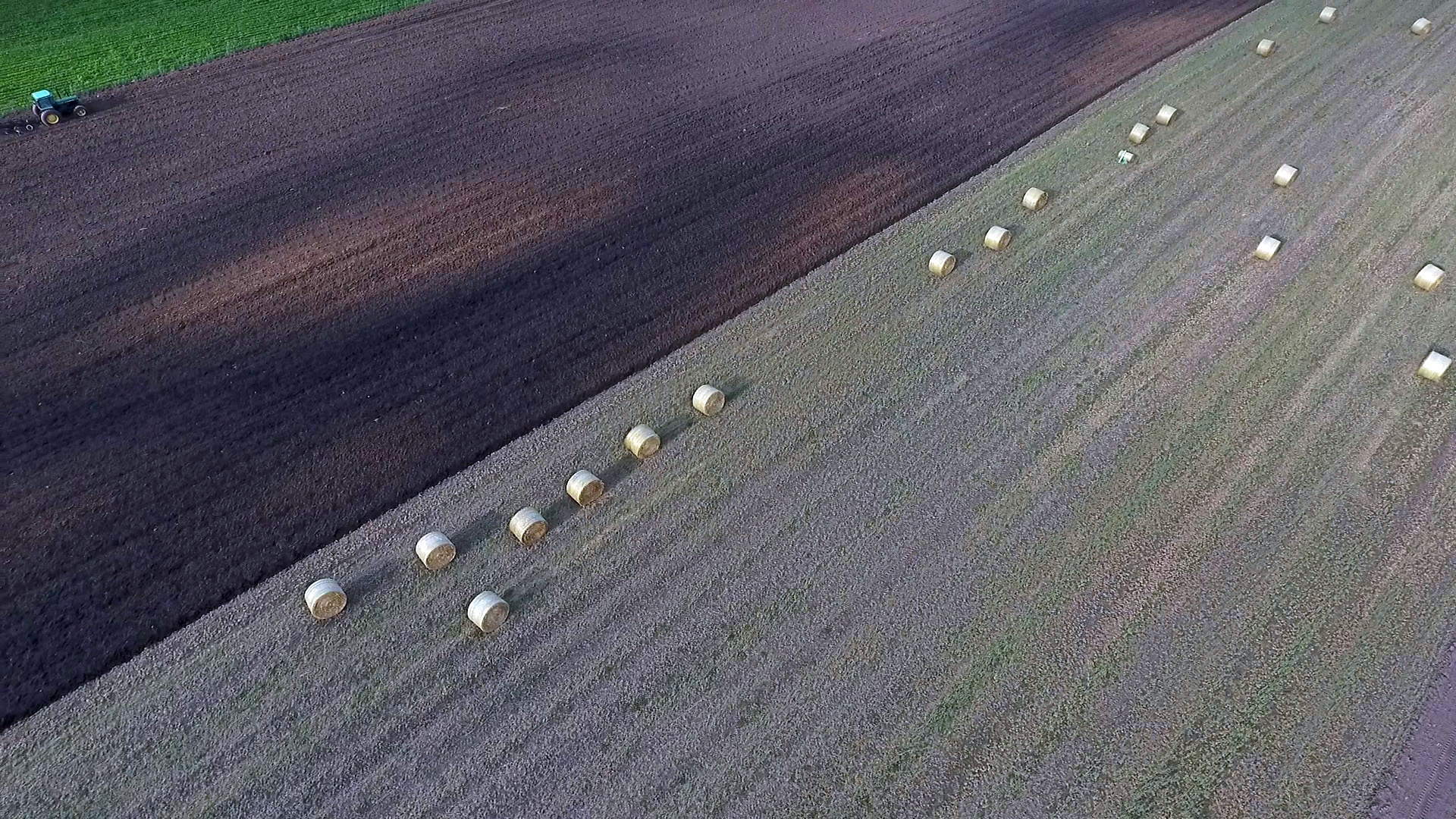Drone produces dollars
Pilot makes first foray into new market
The check, from Boston-area startup fly4.me, arrived very soon after the first mission assigned by them. It had been a nice, long day of filming from various locations to gather footage needed to round out a week of filming for a health insurance company's next television commercial. It turned out to be a little caravan of us, converging on the scouted spots: a pilot (me), the producer, the director of photography, the ad agency creative director, and Adam Kersnowski, the co-founder of a Boston-area online startup that brought us all together in Connecticut. His brother also came along.
For pilots who are happy in their work (as I am) and want to keep those day jobs, landing any paying gig, one that can be flown after normal work hours or on off days, poses several challenges.
Many customers are less patient and want their missions flown immediately, so telling them to wait a week or two can be a problem; others have no idea how to find a drone pilot, or even that they’d benefit from hiring a pilot who operates in full compliance with laws and regulations, and is insured as well. Those who incur the costs of compliance and insurance must compete in a young marketplace that still has a number of people offering services who have no regard for pilot certification, training, liability, or legality. It is not at all difficult to call oneself a commercial drone pilot.

Kersnowski and co-founder Dmitry Sharshunskiy have been working since 2014 (flight operations began with FAA approval of their Section 333 exemption in 2015) to build fly4.me into a robust marketplace where those looking to hire drones can be assured that pilots they hire through the service are properly certificated and qualified. The vetting process included a skill verification, filming a video that includes a series of prescribed maneuvers that many people who are new to drones find difficult, such as flying a figure eight or an orbit. I submitted my video, and my FAA documents, in January, and waited patiently for something to come along that coincided with one of my off days. One job came and went, my email not drawing a response. Another job was listed in August, and that was the one that would become my first.
I booked my second drone job through another new marketplace, and the job itself was far simpler, if not nearly as thrilling. A friend had recommended DroneBase, and very soon after signing up (passing a short, online written test and submitting my certificate for verification), I was assigned to take still photographs of residential houses, two different missions in the same town, $100 on offer for 17 photographs from each. That equated to about 30 minutes flying at each location, and another 30 minutes to an hour editing and uploading the images to the DroneBase system, which then pays via PayPal. Factor in travel time, and it’s still worth the effort, more or less.
Creators of these online marketplaces take a cut, and the minimum seems to be 10 percent, as appears to be the case with droners.io, another online marketplace where I registered very recently (after securing my Part 107 remote pilot certificate with small UAS rating). As with other kinds of professional services (agricultural aviation and banner towing are comparable in this regard), it is certainly possible to go it alone, but there is a benefit to having someone else find (or create) the market, even for a fee. Droners.io also verified my bona fides, and I’ve bid on one particularly interesting job that would include use of ground-based cameras and sound equipment as well as drones. Droners.io allows pilots to post videos showing off their skills, and pilots who want to work in this field are well served in general by being video editors, or having a working relationship with someone who is. (You will need, among other things, a “sizzle reel,” a video that demonstrates how smooth you are on those sticks, and your eye for good images).
Kersnowski said fly4.me is contemplating ways to further detail and highlight (sell) a pilot’s skill set. Pilots certificated under Part 61 may have lost a competitive advantage with the advent of Part 107 and its relatively easy written test requirement, but Kersnowski said he and others still see the value in the training and experience required of those who fly from cockpits. The company is working toward the introduction of a more detailed system of cataloging pilot training and experience for potential customers to consider.
It will be up to the market to decide what skills are important enough to pay for, but communicating your value as a pilot to a broader audience may well be worth the dollars you give up when hired through an intermediary.




